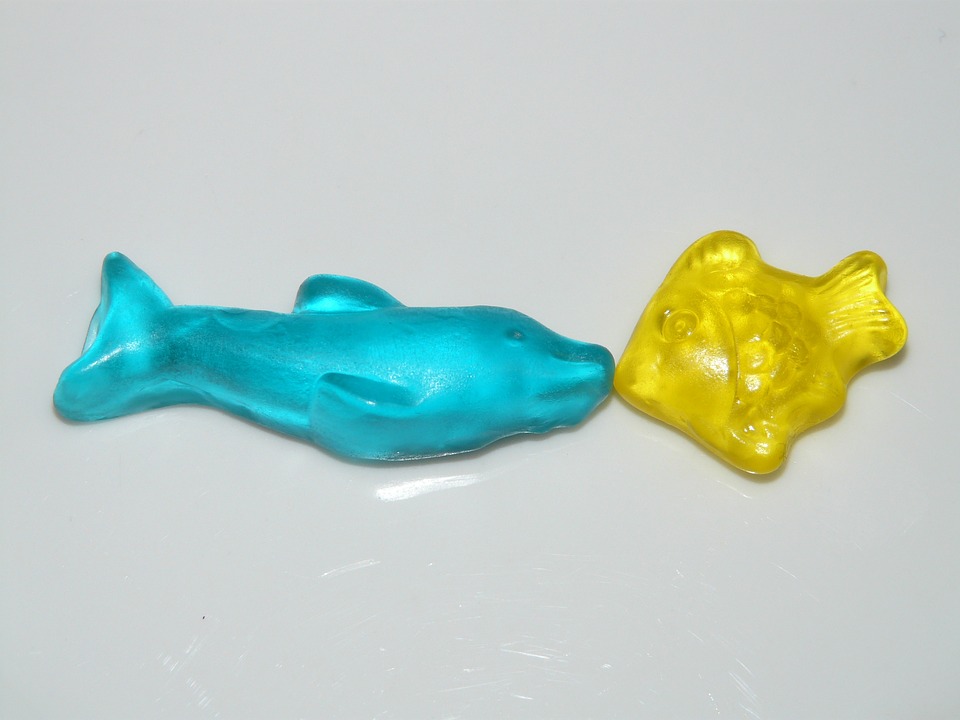In recent years, there has been a growing interest in understanding the effects of environmental stimuli on fish behavior. This research has important implications for various fields, including fisheries management, aquaculture, and conservation. By exploring how different environmental factors influence fish behavior, scientists can gain valuable insights into the behavior and ecology of fish species, ultimately leading to more effective management strategies and conservation efforts.
One of the most studied environmental stimuli is light. Fish exhibit a variety of responses to light, including phototaxis, which is the movement of fish towards or away from a light source. Understanding how fish respond to light can provide insights into their feeding patterns, predator avoidance strategies, and even reproductive behavior. Additionally, the intensity and wavelength of light also play a role in fish behavior, with different species exhibiting preferences for specific light conditions.
Temperature is another important environmental factor that influences fish behavior. Fish exhibit thermotaxis, which is the movement of fish in response to changes in temperature. Temperature can affect various aspects of fish behavior, including feeding, reproduction, and migration. Different fish species also have distinct temperature preferences and thermal tolerances, which can impact their distribution and habitat selection.
Water flow and currents are crucial environmental stimuli that fish must navigate. Fish exhibit rheotaxis, which is the movement of fish in response to water currents. Water flow can affect fish feeding, locomotion, and even their habitat selection. Fish also respond to variations in stream velocity and turbulence, which can impact their ability to find food and avoid predators.
Chemical cues, such as pheromones, play a critical role in fish behavior. Fish use olfaction and chemotaxis to sense and respond to chemical signals in their environment. Chemical cues can influence predator-prey interactions, reproduction, and even migration. Additionally, fish are also affected by anthropogenic chemical pollutants, which can disrupt their behavior and overall fitness.
Sound and vibration are important sensory cues for fish. Fish use acoustic communication to communicate with each other, with some species producing sounds for various purposes. Anthropogenic noise can have detrimental effects on fish behavior and communication, leading to disruptions in feeding, reproduction, and predator avoidance. Fish also respond to natural and artificial vibrations, which can influence their behavior and orientation.
The interaction and synergy between different environmental stimuli also play a significant role in fish behavior. Fish integrate different sensory cues to make decisions, and the combined effects of multiple stimuli can have synergistic effects on their behavior. For example, the interaction of light, temperature, and chemical cues can influence fish feeding, migration, and reproductive behavior.
Seasonal variations in environmental stimuli also shape fish behavior. Fish exhibit different responses to environmental stimuli across seasons, leading to changes in migration patterns, reproduction, and feeding behavior. Fish have adaptive mechanisms to cope with seasonal variations, such as adjusting their metabolic rate or changing their habitat selection.
In conclusion, the behavior of fish is strongly influenced by environmental stimuli. Light, temperature, water flow, chemical cues, sound, and vibrations all shape fish behavior and play a crucial role in their survival, reproduction, and overall fitness. By understanding how fish perceive and respond to these stimuli, scientists can develop effective management and conservation strategies to protect fish populations in our rapidly changing world.









